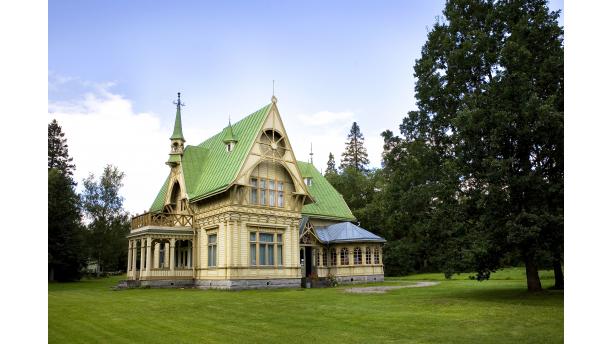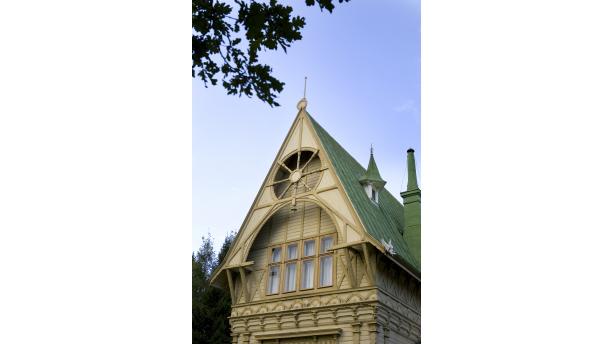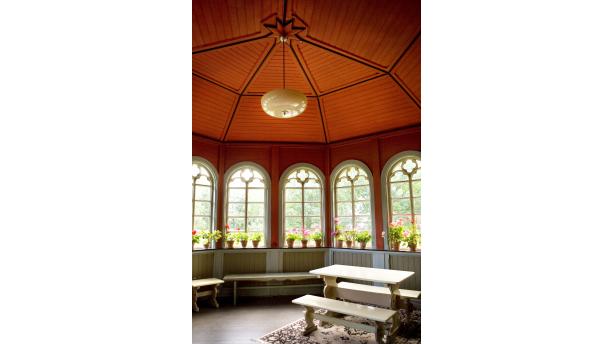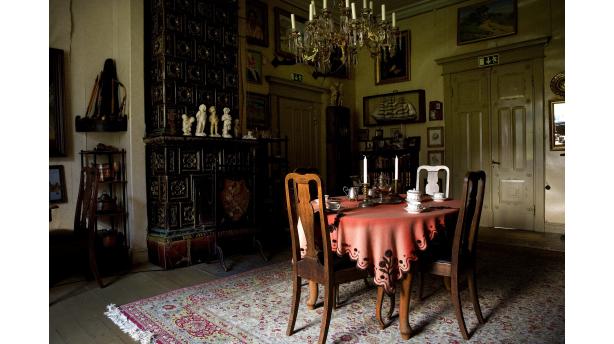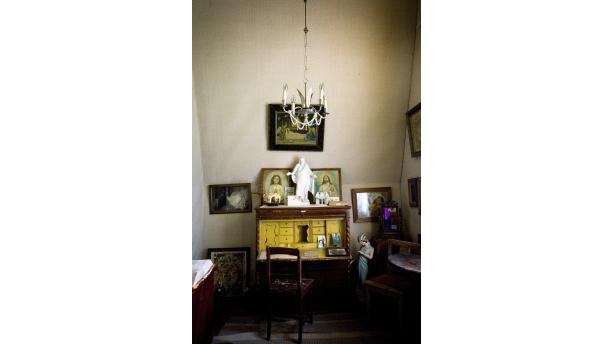Museum A-Ö » Religion and society » Kristinestad City Museum Carlsro
Kristinestad City Museum Carlsro
- Religion and society
- Historical people and places
- The archipelago, fishing and seafaring
- For children and the childlike





Did you know...
Carlsro has been preserved in its original state, for example the room division dating back to 1896 is unaltered.
Carlsro is a one-of-a-kind museum, where a mansion preserved from the 19th century blends in with a unique and eclectic collection of items. One can sense in the mansion, how the gentry lived in the summertime at the turn of the 20th century, how the house was used as a hotel in the 20th century and how a collector’s vision for preserving local history can be formed.
The Carlsro mansion has experienced a lot before it became a museum. It was built in 1896 as the summer villa of commercial counsellor and ship-owner Carl Alfred Carlström. The high society of the city had stately summer villas constructed at the end of the 19th century, and the gentry lived a life of pleasure on the banks of the Storträsk. The villas were named after the expectations of the gentry and their experiences on the villas, for example Ilolinna (the Castle of Joy) and Surutoin (Carefree). In the beginning of the 20th century the luck ran out and Carlström filed for bankruptcy in 1910. The villa and its movables were auctioned the next year. Carlsro was turned into a summer hotel and it had several owners since 1922. The business was, however, not profitable and the hotel closed its doors in 1945.Carlsro was unoccupied until the beginning of the 1960s, when Åke Weckström from Kristinestad bought the villa in an auction. Weckström wanted to establish a museum in the villa in order to protect the building and to gain an exhibition space for the items he had collected in the Kristinestad region. He was a very industrious collector all his life, and the collections of the museum increased little by little. There are around 11 000 objects from the period reaching from the 17th to the 20th century, and they reflect the history of Kristinestad and its inhabitants. The goldsmith’s workshop and the pharmacy’s movables are examples of preserved entities, and they are on display in the old salons and bedrooms of the gentry.
Weckström did not abide by any strictly defined collecting principle or method, but bought objects in auctions and received donations from the citizens. The emphasis of the items is on local history, and they tell about seafaring through paintings, pictures and exotic souvenirs, about spiritual life through motif paintings, old Bibles and sculptures, about women’s fashion through a beautiful collection of textiles, and about everyday chores through diverse equipment, tools and weapons. The rooms are furnished in art nouveau style antique furniture and faience and porcelain tile stoves. The museum offers not only one picture or view of the city’s history, but the objects create a kaleidoscope of history and the Carlsro Museum. The museum office of Kristinestad started to take care of the museum in 2002. In the summer folk musician groups perform at the museum, and open-air church services are also arranged there.
